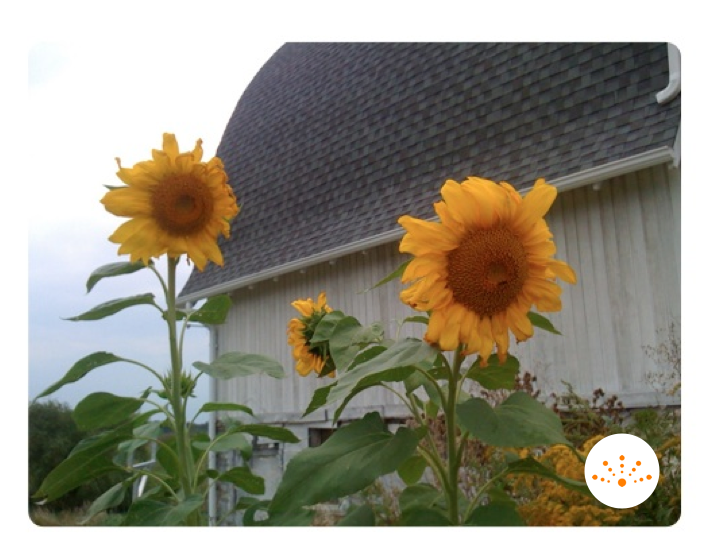Do you ever worry about not having enough — money, time, energy, love? Do you trust that you will have enough in the future? Perhaps more important, do you believe you are enough, right now, just as you are?
Your answers to those questions can have a profound influence on your health and happiness. Why? Because patterned thoughts about scarcity drive stress, and stress gives rise to inflammation, reactivity, cognitive limitations, and more.
In other words, as Pilar says, “scarcity mentality tends to produce scarcity results.” So, in this installment of The Living Experiment, we examine the opposing mentalities of scarcity and abundance. We explore how they affect our experiences of the moment, and how they can impact our future. Finally, we encourage you to begin experimenting with creating greater potential for plenty in your own life.
The Cost of Constraint
- Research by Harvard behavioral economist Sendhil Mullainathan suggests that worrying about “not enough” — or even just imagining hypothetical “not enough” scenarios — can reduce both our available IQ and our ability to respond to real-life challenges.
- The negative cognitive effects of most scarcity-oriented experiences are remarkably similar, regardless of the nature of the “not enough” in question. According to related research referenced in Harvard Magazine, ”scarcity steals mental capacity wherever it occurs — from the hungry, to the lonely, to the time-strapped, to the poor.”
- While dealing with a “right now” scarcity experience (e.g., being painfully hungry or cold, or not having the bus fare you need to get home) is stressful in its own right, most of our thoughts about scarcity are associated with our fears of it — the story we tell ourselves about what might happen sometime in the future.
- Research suggests that early-childhood experiences and traumatic events related to scarcity-based suffering (such as poverty, hunger, and loneliness) can lay down neurological circuits that predispose us to thinking and acting in scarcity-oriented ways over the course of our lifetime.
Self-Fulfilling Prophecy
- The fear of “not enough” can lead us to create the conditions of scarcity — never serving quite enough food for the table, for instance, or not eating enough to feel satisfied. That can set us up for having a continuous, confirming experience of deprivation. Conversely, it can incline us toward excess.
- A similar dynamic occurs with our fears about not having enough love or enough time: Oozing neediness or jealousy is more likely to alienate others than to attract them. Habitually rushing to “save time” only confirms and entrenches our time-poverty experience as a default state.
- A scarcity mindset also drives the release of stress hormones, further compounding our perceptions of being perpetually endangered and on edge.
The Potential of Plenty
- One good way to move beyond scarcity-based programming is to give yourself permission to more regularly notice and create the conditions of plenty — or in Brené Brown’s terminology, sufficiency. Practice expanding your tolerance for abundance-oriented experiences.
- Notice how often your self-talk is dominated by anxiety-provoking “not enough” themes and begin translating those statements into more optimistic, plentiful perceptions.
Experiments
Dallas suggests: Ask yourself whether a current worry is rooted in some projection of future scarcity. If the answer is yes (and it almost always is), challenge that belief by saying, out loud or to yourself, “Right here, right now, it’s enough. Right here, right now, I’m enough for me.” Try that reality on, and see how it feels.
Pilar suggests: Note that worrying about “not enough” causes you to physically and mentally contract. Adopt a “posture of plenty” instead: Uncross your arms and legs, lean forward, allow your face and neck to relax, and breathe deeply — as though you have plenty of everything, and nothing to fear. Notice the difference that makes.
Listen and Learn: Check out this and other episodes of The Living Experiment at LivingExperiment.com. Subscribe to the podcast via Apple Podcasts, SoundCloud, and Stitcher.




This Post Has 0 Comments